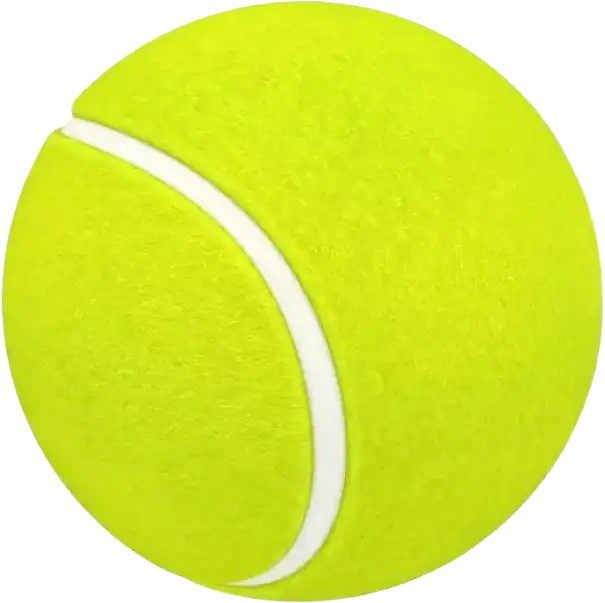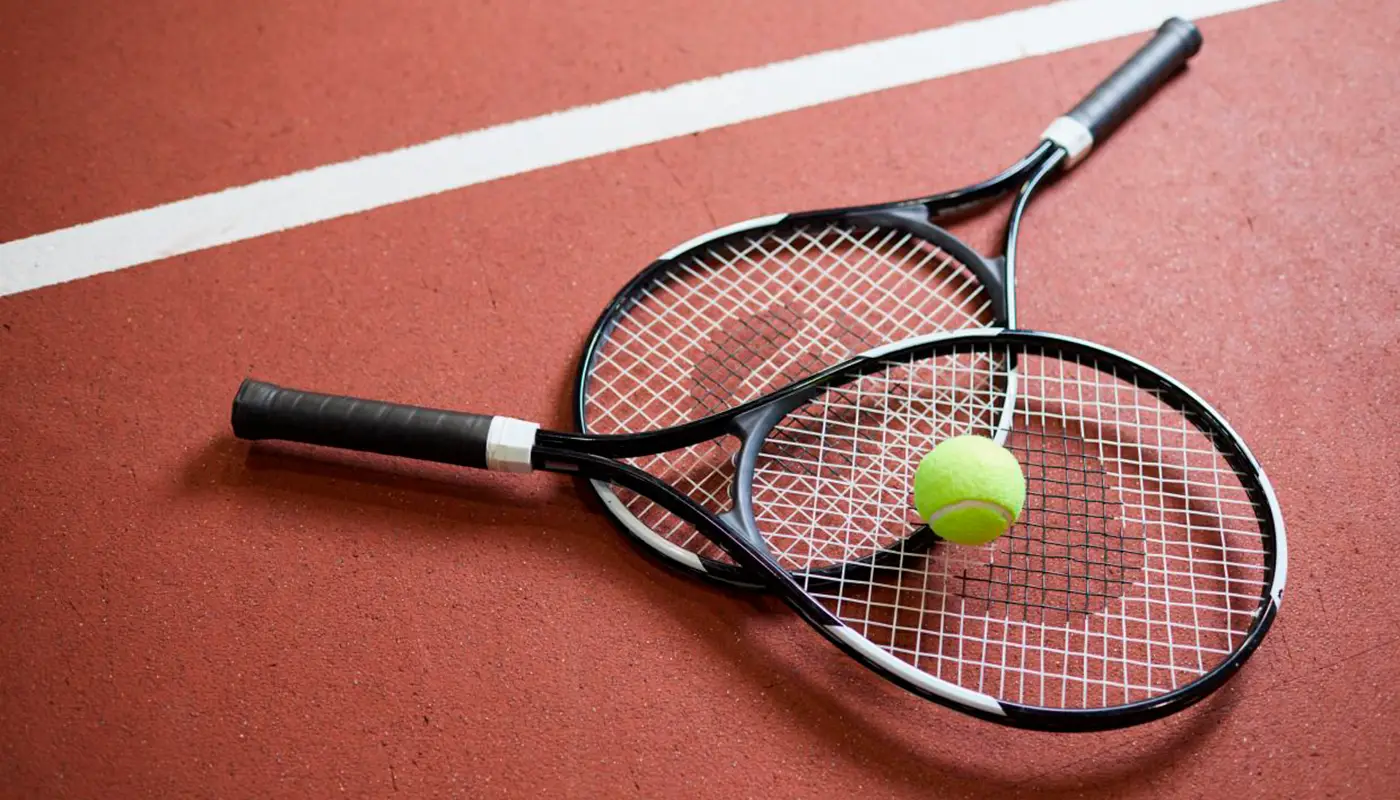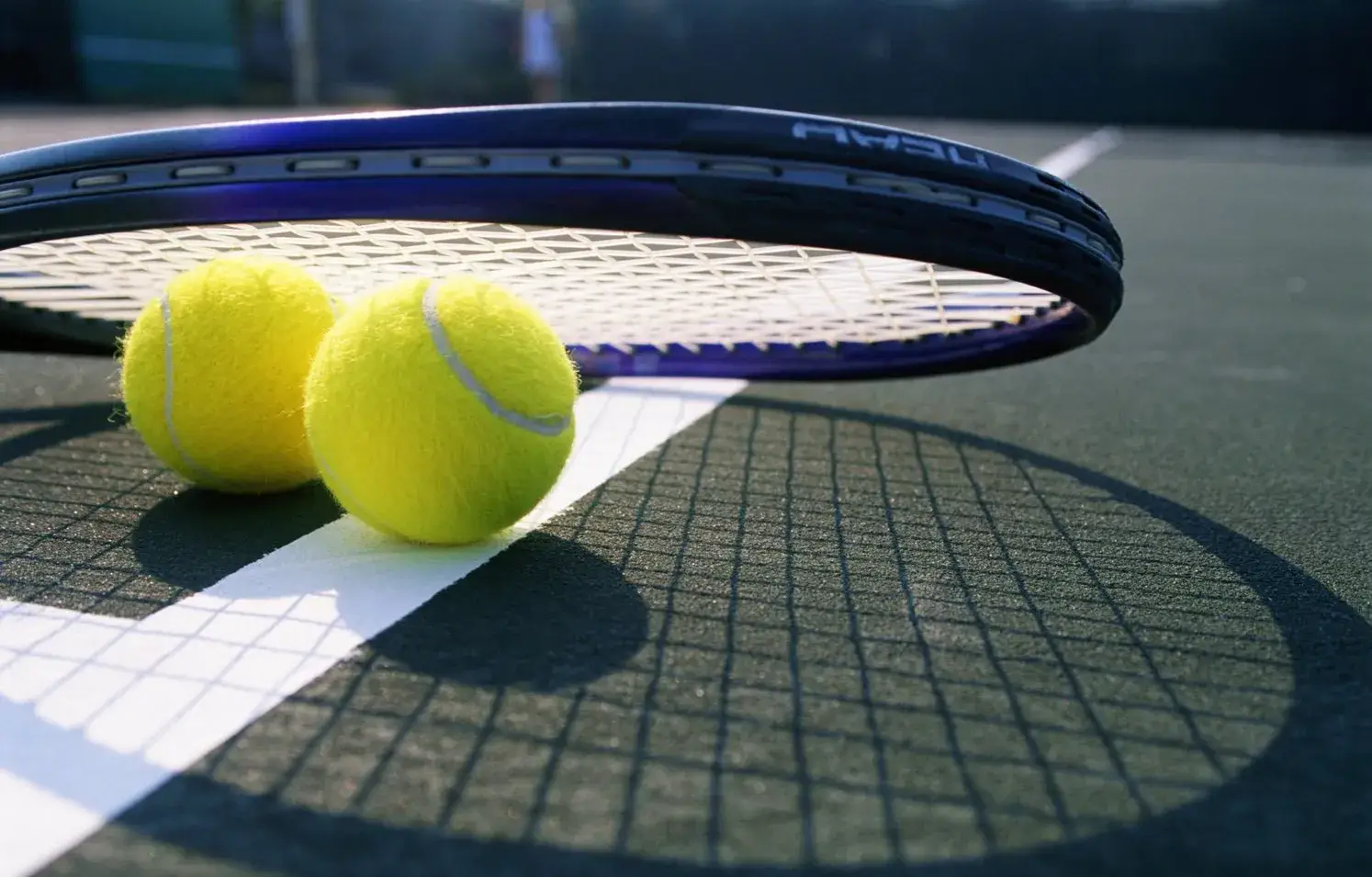
Our blog is happy and enthusiastic to share interesting stories, in-depth analyses and detailed tournament reviews that attract the attention of amateurs and professionals alike. Here you will find not only coverage of the latest events, but also training tips and expert opinions. Join our friendly community of fans of these exciting sports and discover a wealth of exciting content that will make your time here even more interesting!
Read moreWelcome to the world of big and table tennis! This article will immerse you in the exciting atmosphere of two fascinating sports that capture the hearts of millions of people around the world. Big tennis is an elegant and dynamic sport where players demonstrate incredible speed, accuracy and power. Watching the confrontation between two masters of the racket is a real pleasure for tennis fans. From powerful serves to virtuoso draws, every play takes the audience's breath away. And table tennis, or ping pong as it is also known, is a thrilling game that requires lightning-fast reactions and honed technique. Watching the athletes exchange rapid blows is a real spectacle. This sport not only develops physical skills, but also trains the mind, as every decision a player makes can be the key to victory. Join us to immerse yourself in the world of big and table tennis, full of drive, excitement and unforgettable emotions!
Find out the details
The Grand Slam tournaments are the pinnacle of professional tennis, bringing together the best players from around the world. These prestigious competitions, held in four cities on three continents, combine rich history, traditions, and a unique atmosphere. In this article, we will take a closer look at the legendary events of the sports world. History …

Cinema has reflected the diversity of human life, including sport. Tennis in cinema symbolises not only physical activity, but also drama, the desire to win, and the overcoming of difficulties. The first mentions of the sport in films date back to the early 20th century, when sport was seen as elite entertainment for the aristocracy. …

A misstep in tennis equipment selection is more costly than a lost game. Choosing the right instrument means building the foundation for a stable game, reducing the risk of injury and unlocking your potential. The answer to the question of how to choose a racquet for big tennis requires not intuition, but specific parameters, analysis …

There are names in the tennis world that have come to symbolise success, hard work and self-confidence. One of them is Maria Sharapova. A girl born into a modest family in Russia has become a legend of world tennis. Her path to success is rigorous training, unyielding will and impeccable talent. Every victory and every …

Choosing the right tennis racket determines how effectively a player can fulfil their potential on the court. Whether beginner or professional, the right equipment contributes to better control and power of strokes and helps to avoid injuries. In 2024, the choice is even more technologically complex as innovations from major brands offer new levels of …

The Laver Cup brings together the best tennis players in the world to test their strength on a global level. The spectacular format, the star-studded line-up and the legendary atmosphere make this tournament one of the most exciting events in the tennis world. In this article, you will find out why the Laver Cup is …

Translate from ru to en. Keep HTML markup unchanged:

Translate from ru to en. Keep HTML markup unchanged:
When the legends of big tennis step onto the court, history begins to accelerate. In every movement, there is the dynamics of epochs, in every strike, a vector of influence. Sports not only change, they rebuild, adapt, and explode with new records. Evolution doesn’t set the pace—it catches up with it. Let’s talk in the …

16 years old – an age at which many people are just beginning to build a sporting career. But Mirra Andreeva’s name now sounds like a symbol of triumph. The Russian tennis player won the title, proving that youth and determination can change history. The victory at the tournament in Indian Wells is not just …

Tennis is a theatre of struggle, where every racket becomes a weapon and the court becomes a battlefield. Women in sport write history with their strokes, turning balls into projectiles and games into emotional battles. Among the title-winning players are those whose victories have defined the face of world tennis. Every era knows its champions, …

Tennis is not just a sport, but an industry with multi-million dollar fortunes. The richest tennis players earn money not only from tournaments, but also from large sponsorship contracts, advertising deals and investments. Financial success in tennis has long ceased to depend solely on victories on the court – it is the result of a …
Enjoy exciting matches and strategic plays as you watch tennis. This sport develops attentiveness and analytical thinking.
Playing tennis is a great way to keep fit, develop coordination and strategic thinking. It is an exciting sport that allows you to enjoy active holidays and socialising with friends.
Working in tennis offers opportunities for professional growth, socialising with interesting people and participating in exciting sporting events. It is a dynamic and exciting environment where you can realise your talents and passion for tennis.
Grand tennis originated in France at the end of the 19th century. The game quickly spread around the world, becoming a popular sport among the aristocracy and the upper classes. Today tennis is one of the most prestigious and spectacular sports.
Table tennis originated in England in the late 19th century as a pastime for aristocrats. The game quickly spread around the world, becoming a popular sport for people of all ages.
The first tennis tournament was held in 1877 at the Wimbledon Club grounds in London, marking the beginning of one of the most prestigious sporting events in the world.

This blog about table and big tennis has been a real source of inspiration and useful information for me. I recommend it to all fans of these sports.

★★★★★
Tennis is not only a sport, but a whole philosophy. I am in love with big tennis and table tennis, they give me joy and inspiration. It is my favourite sport!

★★★★★
This blog about table and big tennis is a real find for fans! Here I always find fresh news, interesting reviews and useful tips. This is my favourite source of information about my favourite sports.

★★★★★